Steele Indian School Park/Phoenix Indian School
Introduction
Text-to-speech Audio
Images
The Park's Circle of Life Water Cistern
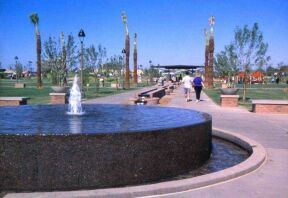
Memorial Hall, built 1922
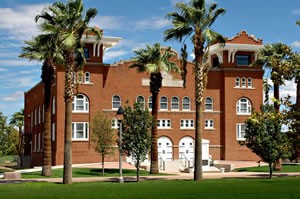
Park Amphitheater
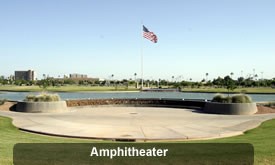
Band Building, built 1931
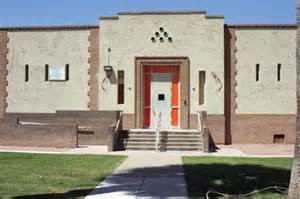
Interior of Dining Hall, built 1902
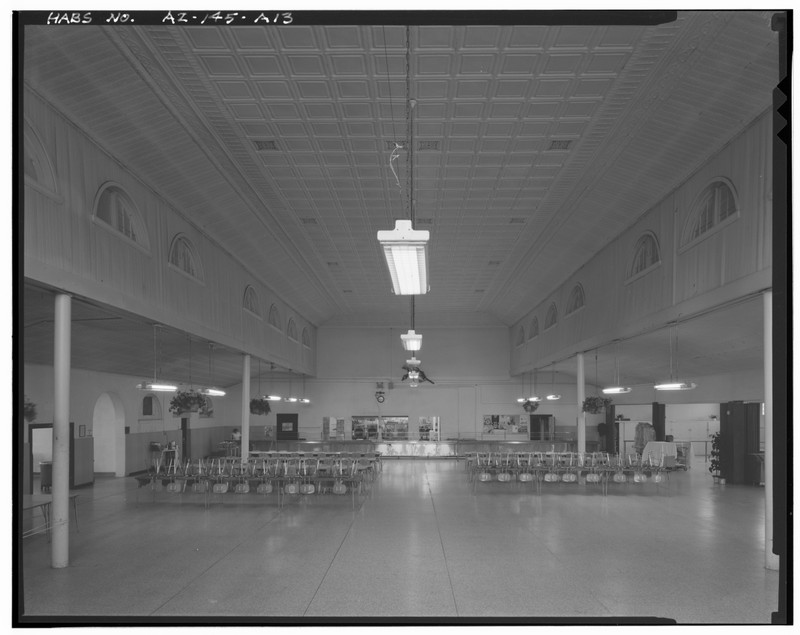
Map of Park (tap image to enlarge)
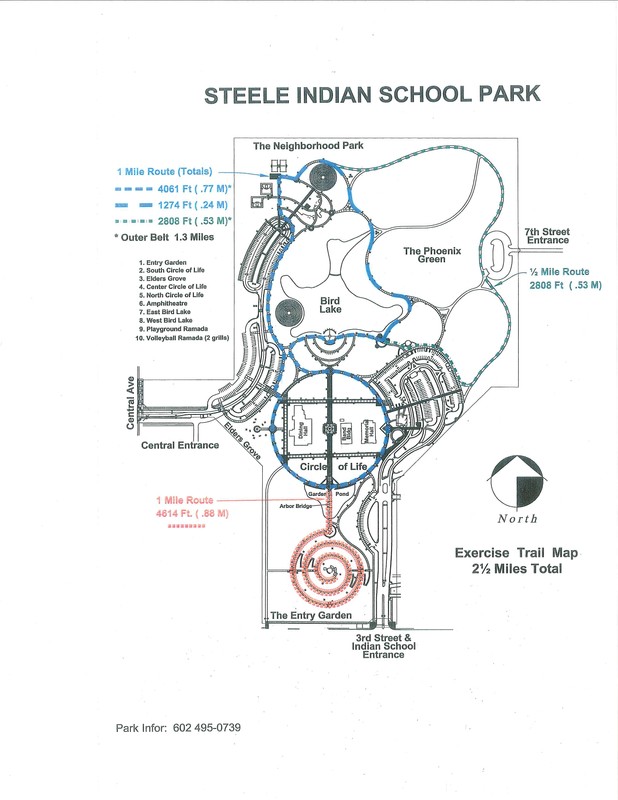
Backstory and Context
Text-to-speech Audio
In 1890, the Federal Government purchased 160 acres of farmland from a local landowner for $9,000. Federal officials opened the Phoenix Indian School one year later. At its peak in 1935, 900 students attended the school. Among its most popular features were its marching band, which was a frequent participant in local and statewide festivals, and athletic program. The federal government closed the boarding school in 1990. The city of Phoenix was able to obtain the land in 1996 through an intricate three-way land exchange involving the Baron Collier Company and the federal government.
The park is named after Horace C. Steele. He founded the Steele Foundation in 1980 to fund charitable, educational, and scientific programs; primarily in Arizona. The Steele foundation donated $2.5 million dollars to start development of the park and in 1997 the Phoenix Parks and Recreation Board approved naming the Park for this successful businessman and philanthropist.
The park is designed in the spirit of the City Beautiful movement, a design theory that evolved at the end of the 19th century. Its basic premise is simple: city dwellers need passive, open green space in city centers to serve as a refuge from the physical confinement of urban living. The movement also held that open, public spaces are an essential element in nurturing civic pride and a sense of community. The park's design also pays homage to the site's Native American history. Many of the design elements, as outlined in the features section, reflect Native American concepts of life, earth and the universe.
The Park opened in November 2001.
REMAINING HISTORIC BUILDINGS (Note: "built" years taken from National Register of Historic Places paperwork)
Memorial Hall (built 1922) is one of three buildings that remain at Steele Indian School Park from the former Phoenix Indian School. This two story Mission Revival style building, built out of beautiful red brick, incorporates the Romanesque Revival style as displayed in the use of Roman Arch windows. Recent renovations helped to return Memorial Hall back to its original state.
These two historic buildings will be renovated as funds become available:
- Band Building - Built in 1931, this building was originally the elementary school and in later years became the band building. Future use: Museum/Administrative Offices
- Dining Hall - Built in 1902. Future use: Native American Cultural Center
